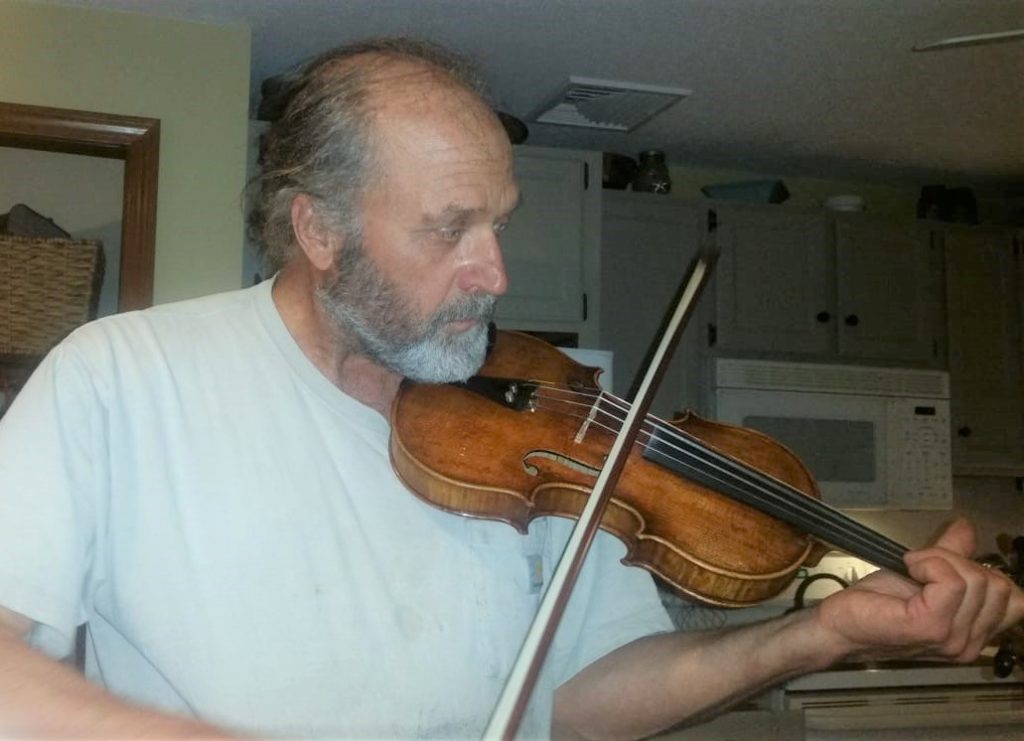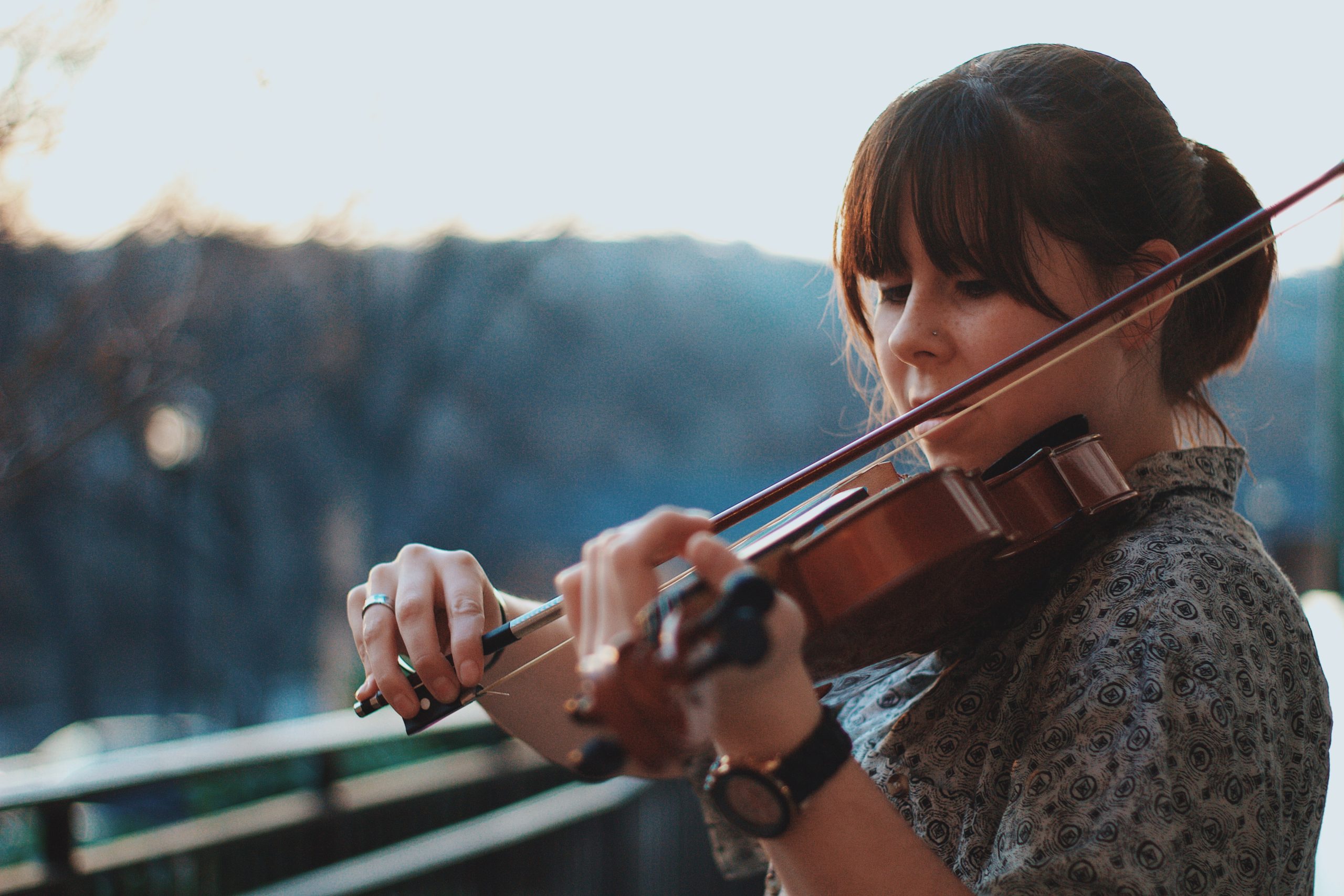Playing an instrument is a special experience for a musician, and to those listening to their music! Playing music in the home may set a calming tone that brings smiles or accompanying humming and singing. With families staying home more these days, instruments have become popular purchases. People are looking to learn or pick up an old skill after being out of practice. This blog will discuss musical injury prevention.
Whether you are picking up a new instrument, returning to play after a hiatus or if you had an injury that has prevented you from playing, we have tips to help you play injury free.
Musical Injury Prevention: Warming Up
Whether you practice for 1 hour or 6-8 hours, it is important to establish a warm-up routine. Warming up allows the muscles to prepare for the work required to play the instrument. Taking a few minutes to increase the blood flow to the muscles will lessen the stress and tension while playing. Warm-ups are designed to energize you!
Warm Up Ideas
- Take a brisk walk
- Go for a light jog
- Walk briskly up/down the stairs
- Turn on some music and dance for 2-3 minutes
- March in place, swinging your arms for 2-3 minutes
- 10 jumping jacks
- Reach your arms up to ceiling, then down to your toes, breathing in, then out, deeply
Musical Injury Prevention: Stretching
In any activity, stretching muscles is so important! Athletes spend a lot of time before and after events stretching tight muscles. You are an athletic musician and your body needs the same attention to play well and prevent injuries. Joints stiffen up when cold and not stretched. Warming up, followed by stretching maintains flexibility for full joint motion and maintains muscles’ full extensibility to lengthen without tearing. Muscles tighten up and shorten with any “work” effort, so it is very important to stretch them again after practicing or playing hard.
Cooling Down with Stretching
Cool downs are just as important as warm-ups. Cooling down will help you avoid muscle aches caused by lactic acid build-ups. This can decrease pain in joints and prevent muscles from shortening after playing. Stretches should be gentle and slow; best if held 30-60 seconds in order to lengthen the muscle. Consider this ratio: for every 50 minutes of play, rest or stretch for 10 minutes (10/50)
Stretching Ideas
- Step through the doorway with one foot, with forearms at sides of doorway to stretch the pectoralis chest muscles. Start at shoulder level, then reach overhead with palms placed along doorway, hold for 30 seconds, each.
- Place arm behind back and grasp wrist with opposite hand to stretch the deltoid muscle.
- Hold onto the kitchen counter with both hands. Step back and bend forward from the hips keeping your back, neck and arms straight until you feel the stretch in your shoulder joints.
- Lying on the floor, place hands behind your neck (as if you were sunbathing!)
- After a shower, use the towel to pull your hand up your back to reach your shoulder blades. If you can, without the towel, touch your hands together!
- Bring ear to shoulder, both sides, holding each direction for 30 seconds.
- With arms extended out in front of you, bend hands/wrists down toward the floor. Now, with palms up, bend hands/wrists down toward floor to stretch both sides of the forearm.
- Hold your neck in retraction or backward gliding; try this by touching the back of your head against the car headrest.
Musical Injury Prevention: Posture & Core Strength
Core Strength
Core strength is important in nearly any activity performed by the human body, including playing a musical instrument. Your playing strength and stamina can be increased by having solid core strength. Most people achieve this through a strengthening program, completing core exercises at the gym or even by participating in yoga classes.
Posture
Playing musical instruments for prolonged periods is very demanding on the body. It is an activity that requires movement, proper posture and muscle loading. It may not be obvious, but musicians perform similarly to athletes. As an athletic musician, posture is important to attend to, so you can play music your whole life, successfully and without injury.
Most instruments were not designed to fit the human body, making it all the more important to focus on proper posture. There are adaptations you can make to your instrument to maximize perfect posture throughout all your joints. There are also attachments that can be added to your instrument to improve your posture.
Modifications
- Extended chin rest on a violin or viola to encourage chin tuck posture
- Chair with a foot stool for proper sitting posture while playing guitar (new pic) or any seated instrument
- When playing the harp, hold wrists in neutral vs. flexed posture
- Add a strap when playing the bassoon to assist in holding the weight of the instrument
- Cutaway on a guitar decreases prolonged shoulder elevation
- Bo-Pep finger saddle on the flute assists with holding the flute more naturally
- Bow hold grips for holding the bow with lighter grip


Movement During Long Performances
Movement variety is very important due to the static posture demands on the body during a performance. Lack of blood flow causes muscles to fatigue and stresses the musculoskeletal system. When not actively playing, simply drop your arms to side and open and close fists to increase blood flow through the arms. Clenching the gluteal muscles can increase blood flow to the legs and low back. This can be done even while standing during a performance. Deep breaths are also very helpful and reduce stress.
Loading to the musculoskeletal system happens even when arms are raised against gravity, which is common while playing most instruments. Adding the weight of the instrument increases tension on the muscles. When tension is extended over a long duration without change in position and blood flow is decreased, repetitive motion injuries can occur. With good posture, varied movement and unloading of the musculoskeletal system, playing music can be enjoyed throughout your lifetime.
Currently Injured?
If you are currently injured and having to take a break from playing your instrument, consider other ways to “practice”:
- Video a practice session and review for self critique
- Visualizing yourself playing along with the piece
- Studying the score
- Mental play without holding the instrument (air playing)
- Playing the instrument in the UN position (an adapted position, i.e., guitar or violin placed on lap)
In Summary
We hope that these instructions will help you to enjoy playing music without injury! If you continue to struggle with an injury, please contact us to set up an appointment with one of our therapists. They specialize in creating treatment protocols to get you back to playing, pain-free in no time!
Written By: Sheila King, OTR/L, CHT


